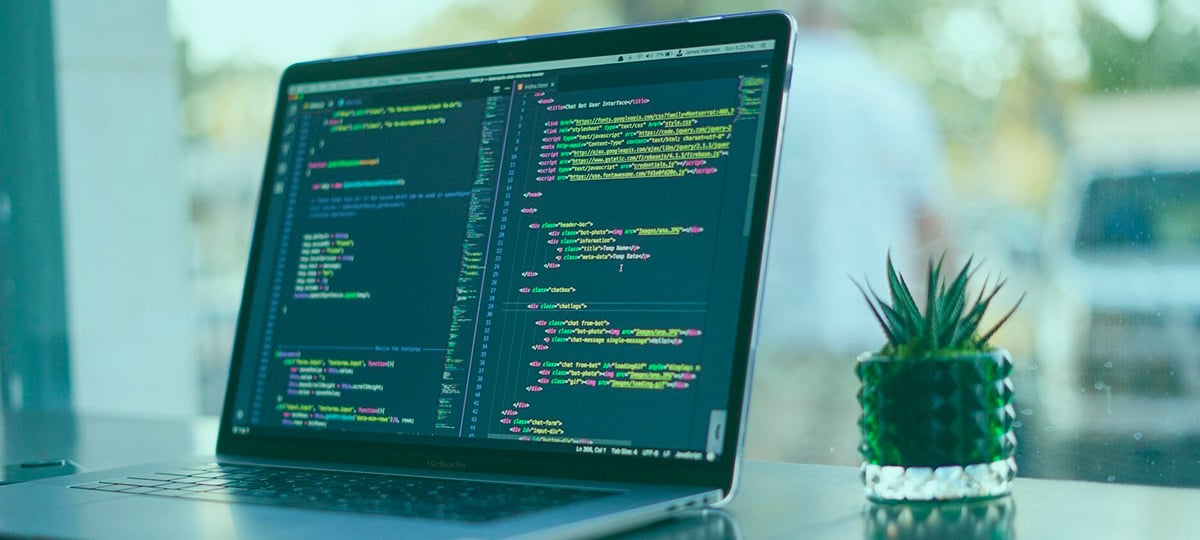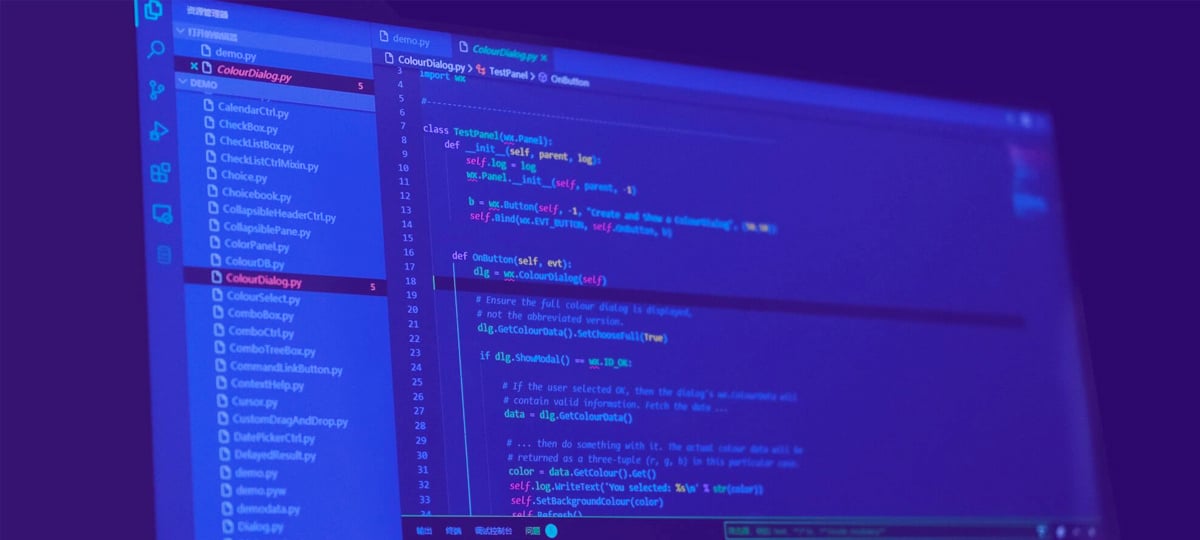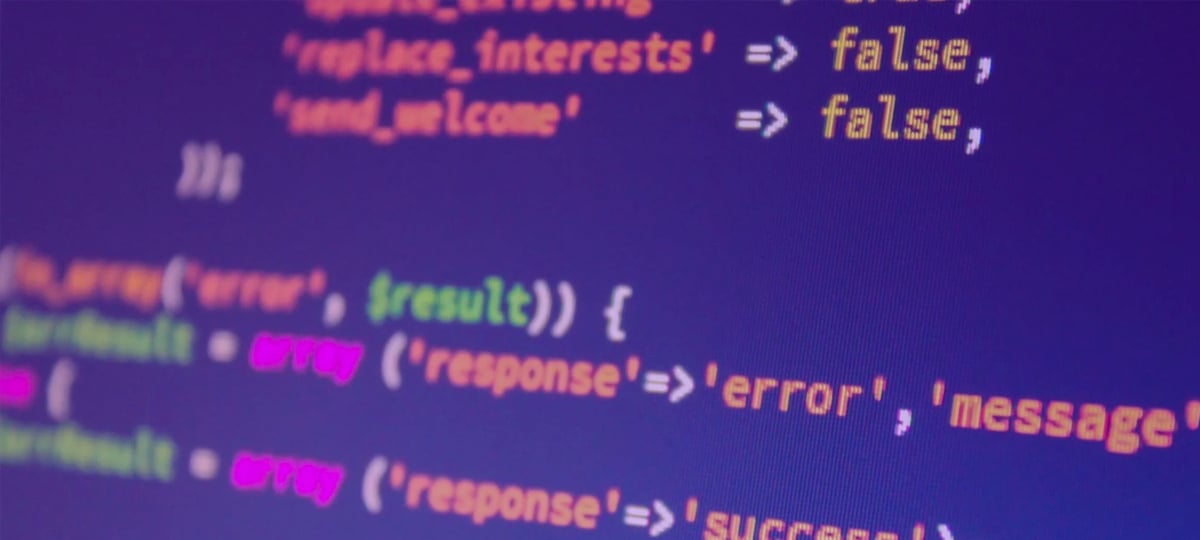Code | Professional Development
How to Craft Effective Coding Conventions
By: Thomas De Moor
September 21, 2023 4 min read

An inconsistent codebase is the worst. CamelCase here and snake_case there, a file structure that's a labyrinth, haphazardly named methods that don't tell you what they do, and indention that varies for every file. You're trying to read the code but you feel as if you're in the middle of the jungle trying to make your way through. It's slow and painful.
Coding conventions solve this problem. They're the backbone that ensure a codebase is consistent, readable, and allow for easy collaboration within and between software development teams. But what makes for a good convention? In this article, we unveil the 4 cornerstones that all good conventions have, as well some additional recommendations that make them even stronger.
Cornerstones of Good Coding Conventions
1. They're Documented
Any software development team benefits from documenting their coding conventions. Good docs mean clarity and guidance. They're a repository of a team's collective wisdom, make for easier onboarding, and help establish a written, learning culture. Here are the specific elements you should document for every coding convention:
- Purpose: Explain why you're using any particular convention. Giving people the rationale behind something makes it easier for them to follow the rule (even if they disagree with it).
- Examples: For every coding convention, include examples. Let's say one of your coding conventions is that all function names should be descriptive. You should use
calculateInterestinstead offunc1. That one example alone greatly clarifies the convention. - Resources: Offer links to tools like ESDoc for JavaScript, which assists in generating comprehensive documentation for your code, as well as links to, for example, a list of clean code principles if those are important conventions to you.
- Feedback Loop: Create a channel, perhaps on a platform like Slack, where team members can suggest changes or improvements to the documented conventions.
2. They're Reasoned
Reasoning stands as the bedrock of any effective coding convention. No coding convention should be implemented arbitrarily. Ideally, they should align with the broader objectives of a company or even a specific project.
- Aligned with Project Goals: For instance, if your project aims for high performance, adopting conventions that reduce code complexity could be a priority.
- Evidence-Based Justifications: Use data from code reviews to justify conventions that help reduce common errors, such as avoiding global variables to prevent potential conflicts and bugs.
- Open Dialogue: Encourage discussions where team members can, for example, debate the merits of different error-handling strategies (try-catch blocks vs. error codes) and select the one that best suits the project.
- Flexibility for Revision: Always stay open to revising conventions based on feedback, like changing the maximum line length if the team finds the existing limit too restrictive.
3. They're Automated
You're a software engineer. If you can automate it, you probably will. Automated coding conventions both reduce human error while keeping the codebase clean and consistent.
- Integration with Development Tools: For example, using ESLint to automatically identify and fix coding standard violations in JavaScript projects.
- Continuous Integration: Leverage CI systems to automate the testing process, ensuring that every code commit is automatically tested against predefined criteria.
- Scripting Repetitive Tasks: Use scripts to automate routine tasks such as code deployment and reduce the potential for human error.
- Feedback and Adjustments: Establish a system where developers can suggest refinements to automated processes based on their experiences, perhaps after noticing a pattern of false positives from a code analysis tool.
4. They're Team-owned
If you want to create a sense of unity and collective responsibility, your coding conventions should resonate with every team member. In order to get there, you need to create an environment that values everyone's input, a place where everyone feels safe giving their opinion about a particular coding convention.
- Collaborative Decision Making: Engage the team in discussions to decide, for example, whether to follow a monolithic or microservices architecture, based on the project’s needs.
- Feedback Channels: Create platforms like Slack channels or message boards where team members can discuss their experiences with the current conventions and propose improvements.
- Conflict Resolution: Set up mechanisms, like mediation sessions, to address disagreements on code approaches, such as divergent opinions on utilizing Object-Oriented Programming vs. Functional Programming.
- Celebrating Collective Achievements: Celebrate milestones, like the successful implementation of a new automated testing process, with acknowledgements or rewards.
Additional Recommendations
Inclusivity
Promote a culture where every team member, regardless of their background or expertise, is encouraged to share their perspectives about the conventions. Such inclusivity paves the way for a richer, more diverse set of viewpoints, fostering innovation and superior decision-making.
Flexibility
Maintaining a flexible stance towards coding conventions allows for adaptability as the project evolves. It prevents that you get stuck in a rigid framework where you're afraid to change anything.
Training and Workshops
Schedule regular training sessions or workshops to help everyone deeply understand the existing conventions. These sessions can also allow you to discuss new trends and share knowledge, so you can refine conventions based on collective learning.
Code Reviews
Regular code reviews are a great way to maintain and uphold coding conventions within a team. Team members get the opportunity to constructively critique and learn from each other, honing their skills and elevating the overall quality of the codebase. It's also a good way to test the efficacy of existing conventions.
In Conclusion
Crafting thoughtful coding conventions is more than a technical endeavor. The best ones are documented, well-reasoned, automated where possible, and team-owned. The better your coding conventions, the higher the chances you'll be working on a codebase that is consistent, readable, and enjoyable to work on.
TABLE OF CONTENTS



